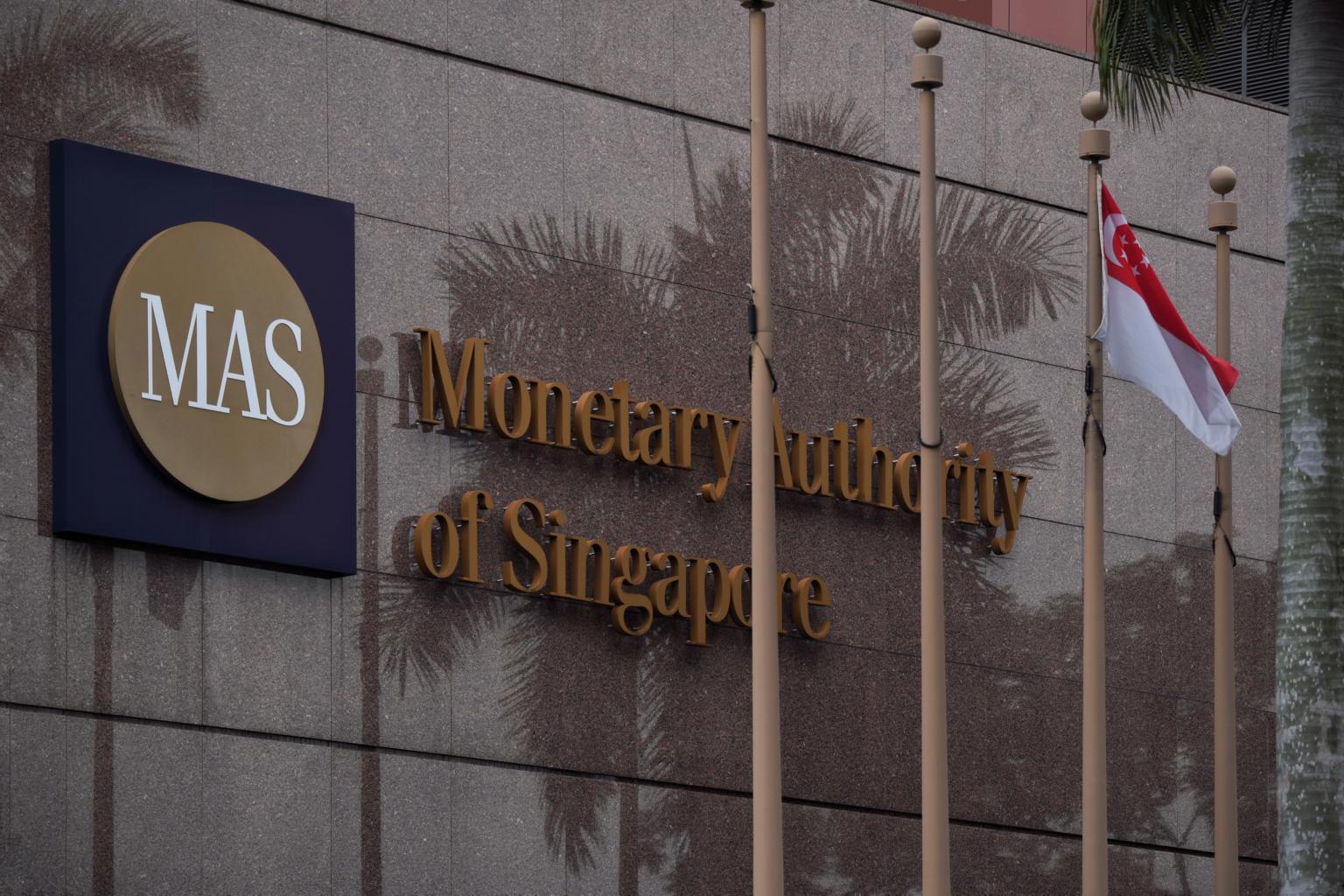MAS aiming for climate-resilient reserves, reducing its own carbon footprint
Sign up now: Get ST's newsletters delivered to your inbox

MAS is developing a climate risk overlay programme for its equity portfolio.
PHOTO: ST FILE
Follow topic:
SINGAPORE - As the guardian of Singapore's foreign reserves, the Monetary Authority of Singapore (MAS) is working to build a climate-resilient portfolio, while reducing its own carbon footprint, said managing director Ravi Menon on Wednesday (June 9).
"We aim to reduce risks to the portfolio across different climate scenarios, seize investment opportunities from the transition to a lower carbon future and support the transition of portfolio companies," he said at the launch of the MAS' first sustainability report.
MAS, which manages about US$398 billion (S$527 billion) in official foreign reserves as at May, partnered Singapore's sovereign wealth fund GIC and other consultants to conduct a climate scenario analysis on the portfolio.
The analysis over a 20-year horizon found that climate change will dampen expected returns especially for equities and will present risks that MAS needs to manage, said Mr Menon.
Given this, MAS is developing a climate risk overlay programme for its equity portfolio, which will include reducing exposure to carbon-intensive sectors, such as energy, materials and utilities, he said.
"But instead of simply avoiding carbon-intensive sectors, we will maintain some exposure to companies within these sectors that are likely to make a successful transition," Mr Menon noted.
MAS is also working out a road map to set its own targets and strategies for emissions reduction in its operations.
"Our biggest challenge is to reduce the environmental footprint of our currency issuance," said Mr Menon, adding that it accounts for an estimated 40 to 60 per cent of MAS' carbon footprint.
MAS is engaging its currency vendors to reduce their emissions, with some of them sourcing renewable energy and printing carbon-neutral notes through carbon offsets.
Mr Menon said: "Ultimately progress on emissions reduction in currency operations hinges on a reduction in public demand for notes and coins. MAS will continue to promote electronic payments, the use of good-as-new $2 notes for Lunar New Year, and e-gifting during festive seasons."
The report noted that MAS issues about 100 million pieces of new notes for Chinese New Year and other festive periods annually.
About 24 per cent fewer notes were issued in 2020 for $2, $5, $10 and $50 denominations compared with 2019.
The volume of ATM withdrawals has also dropped from 205 million transactions in 2019 to 172 million in 2020, the report said.
Cheque clearance also declined, by 31 per cent, from 45.8 million pieces in 2019 to 31.5 million in 2020.
MAS' carbon emissions in total have dropped over the last two years, mainly due to reduced air travel because of the Covid-19 pandemic.
"We will, by next year's sustainability report, set targets for emissions reduction in 2025 and 2030 and consider the earliest possible time-frame to achieve net-zero emissions," Mr Menon said.
"We will develop strategies to reduce the major contributors to our carbon footprint, namely electricity consumption, air travel and currency operations."

